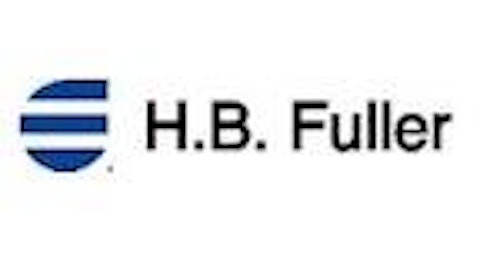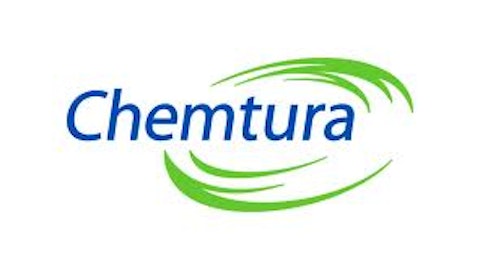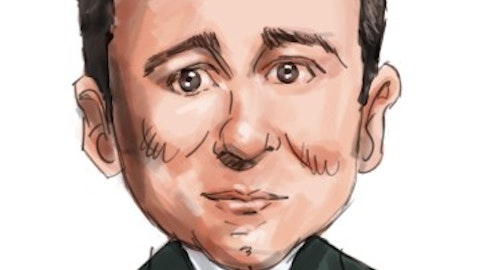Dividend Analysis: H.B. Fuller
We analyze 25+ years of dividend data and 10+ years of fundamental data to understand the safety and growth prospects of a dividend. H.B. Fuller’s long-term dividend and fundamental data charts can all be seen by clicking here.
Dividend Safety Score
Our Safety Score answers the question, “Is the current dividend payment safe?” We look at factors such as current and historical EPS and FCF payout ratios, debt levels, free cash flow generation, industry cyclicality, ROIC trends, and more. Scores of 50 are average, 75 or higher is very good, and 25 or lower is considered weak.
H.B. Fuller’s dividend looks very secure and has a relatively high Dividend Safety Score of 73. The company’s dividend has consumed just 31% of its earnings and 17% of its free cash flow over the trailing 12 months, providing a nice safety net and lots of room for growth.
As seen below, H.B. Fuller’s payout ratios have generally remained below 30% most of the last 10 years. The volatility in the company’s free cash flow payout ratio in 2013 and 2014 was due to significant investments the company made to modernize its plants and improve its supply chain. Capital spending should normalize over the coming years and keep the payout ratio very healthy.

Source: Simply Safe Dividends

Source: Simply Safe Dividends
The safety of H.B. Fuller’s dividend is also helped by the company’s performance during the last recession. As seen below, H.B. Fuller’s sales fell by 1% and 11% in fiscal years 2008 and 2009, respectively. The company also generated net income and free cash flow both years.
Many businesses fared worse, and FUL’s stock managed to outperform the S&P 500 by about 10% in 2008 as well. While the company is certainly not immune to soft economic conditions, its exposure to stable end markets such as hygiene and packaging provide some cushioning.

Source: Simply Safe Dividends
HB Fuller Co (NYSE:FUL) has also generated free cash flow in 10 of its last 11 fiscal years. The dip in 2013 and 2014 was due to the elevated capital spending we mentioned earlier, but the adhesives industry is otherwise not very capital intensive. Management expects capex to run at 2.0-2.5% of sales going forward, which will continue the company’s track record of generating dependable cash flow, which is needed to pay dividends.

Source: Simply Safe Dividends
A company’s return on invested capital can provide clues about its moat and ability to generate economic value for its capital providers. We can see that H.B. Fuller’s return on invested capital has generally hovered in the upper-single digits over most of the last 10 years.
While this is an acceptable rate of return, we like management’s plan to shift the company’s mix to higher-margin areas such as engineered adhesives to drive returns higher. As this plays out, H.B. Fuller’s competitive positioning and dividend safety should strengthen.

Source: Simply Safe Dividends





